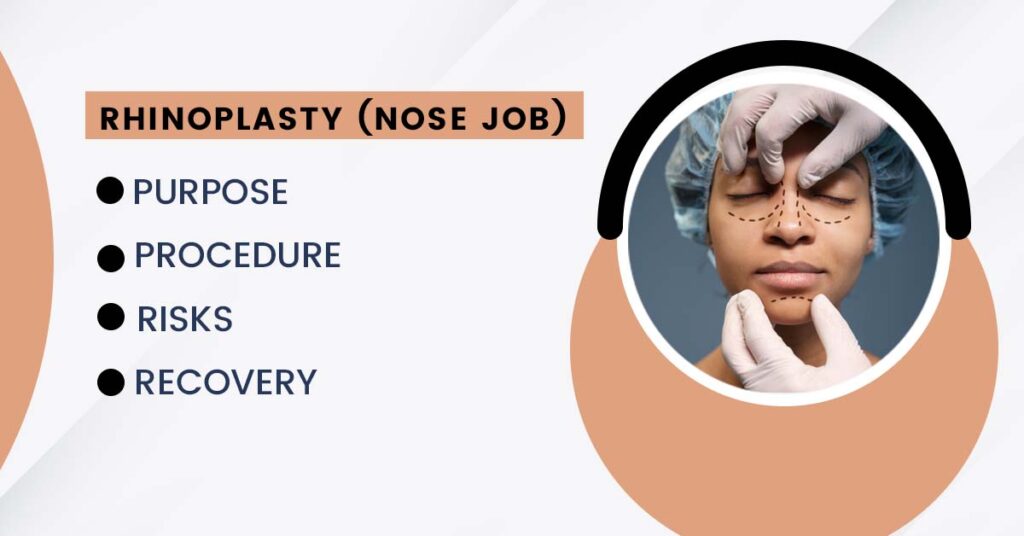What is a mini tummy tuck?
A mini tummy tuck, also known as a partial abdominoplasty or a mini abdominoplasty, is a cosmetic surgical procedure designed to address excess skin and fat in the lower abdominal region. Unlike a full tummy tuck (abdominoplasty), which involves the entire abdominal area, a mini tummy tuck focuses on the area below the belly button.
During a mini tummy tuck, a smaller incision is typically made above the pubic bone, and the surgeon removes excess skin and fat. This procedure is often suitable for individuals who have a localised pouch or sagging skin below the belly button, and it is commonly chosen by those who do not require extensive modifications to the upper abdominal area.
While a mini tummy tuck can provide improvements in contour and tightness, it may not be as comprehensive as a full tummy tuck for individuals with more significant concerns in the upper abdominal region. As with any surgical procedure, it’s essential to consult a qualified plastic surgeon to determine the most appropriate approach based on individual needs and goals.
Who is the right candidate for a mini tummy tuck?
A mini tummy tuck may be suitable for individuals who have specific concerns limited to the lower abdominal area, below the belly button. The ideal candidate for a mini tummy tuck typically exhibits the following characteristics:
- Localized Excess Skin and Fat: The individual should have excess skin and fat primarily concentrated in the lower abdomen.
- Good Overall Health: Candidates should be in good physical health, without underlying medical conditions that could pose risks during surgery or impede the healing process.
- Stable Weight: Candidates should be at a stable weight, as fluctuations in weight can affect the results of the procedure.
- No Plans for Future Pregnancies: While a mini tummy tuck is not necessarily contraindicated for women planning to have more children, it is generally recommended for those who have completed their family, as future pregnancies may affect the results.
- Realistic Expectations: Candidates need to have reasonable expectations regarding the results of the process. A mini tummy tuck can provide improvement in the lower abdominal area but may not address issues in the upper abdomen as effectively as a full tummy tuck.
- Non-smoker: Smoking can negatively impact the healing process, so candidates are often advised to quit smoking before undergoing the procedure.
- Committed to Postoperative Care: Following a mini tummy tuck, proper postoperative care is essential for optimal results. Candidates should be willing to adhere to the surgeon’s instructions regarding activity restrictions, wearing compression garments, and attending follow-up appointments.
You can read also:- All You Need to Know About a FUT Hair Transplant
What is the procedure for a mini tummy tuck?
The procedure for a mini tummy tuck typically involves the following steps:
- Anaesthesia: The surgeon administers either general anaesthesia or local anaesthesia with sedation to ensure the patient is comfortable during the procedure.
- Incision: A smaller incision is made above the pubic bone, typically shorter than that used in a full tummy tuck.
- Skin and Fat Removal: The surgeon removes excess skin and fat from the lower abdominal area, focusing on the region below the belly button.
- Muscle Tightening (Optional): If necessary, the surgeon may tighten the abdominal muscles to enhance the overall contour.
- Skin Redraping: The remaining skin is redraped and tightened to create a smoother and firmer appearance.
- Suturing and Closure: The incisions are closed with sutures, and the surgeon may use dissolvable stitches or recommend their removal during a follow-up appointment.
- Recovery: After the procedure, patients are monitored in a recovery area, and postoperative care instructions are provided. Recovery time varies, but patients may need to avoid strenuous activities for a certain period and wear compression garments to support healing.
What post-operative care should you take after a mini tummy tuck?
Post-operative care after a mini tummy tuck is crucial for a smooth recovery and optimal results. While specific instructions may vary depending on the surgeon’s recommendations and individual cases, here are some common post-operative care guidelines:
- Follow Surgeon’s Instructions: Adhere strictly to the post-operative care instructions provided by your surgeon. These instructions may cover activities, medication, and care for incisions.
- Take Prescribed Medications: If your surgeon prescribes pain medication or antibiotics, take them as directed to manage pain and prevent infection.
- Monitor Incisions: Keep a close eye on the incision sites for any signs of infection, such as increased redness, swelling, or unusual discharge. Report any concerns to your surgeon promptly.
- Wear Compression Garments: Follow your surgeon’s recommendations regarding the use of compression garments. These garments can help reduce swelling, support healing, and improve final results.
- Limit Physical Activity: Avoid strenuous activities and exercises for the initial weeks following the surgery. Your surgeon will provide specific guidelines on when it’s safe to gradually resume normal activities.
- Maintain Proper Hygiene: Keep the incision sites clean and dry. Follow your surgeon’s instructions for showering and bathing, and avoid exposing the incisions to excessive moisture.
- Keep yourself hydrated and consume a nutritious diet: Healing requires proper nutrition. Stay hydrated and consume a balanced diet rich in nutrients to support the recovery process.
- Quit Smoking: If you smoke, it’s highly advisable to quit or, at the very least, minimize smoking during the recovery period
You can read also:- How Many Grafts Do I Need For Hair Transplant
What are the benefits of a mini tummy tuck?
The benefits of a mini tummy tuck include:
- Localized Improvement: Targets excess skin and fat in the lower abdominal area.
- Smaller Incision: Involves a smaller incision compared to a full tummy tuck.
- Quicker Recovery: Generally has a shorter recovery time than a full abdominoplasty.
- Muscle Tightening (if needed): This can include muscle tightening for enhanced abdominal contour.
- Less Invasive: Generally a less invasive procedure than a full tummy tuck.
What are the complications of a mini tummy tuck?
Complications of a mini tummy tuck may include:
- Infection: Risk of infection at the incision sites.
- Bleeding: Potential for bleeding during or after the surgery.
- Poor Wound Healing: Delayed or poor healing of incisions.
- Scarring: Formation of noticeable scars, although typically smaller than those from a full tummy tuck.
- Fluid Accumulation: An accumulation of fluid under the skin (seroma).
- Skin numbness or sensation changes: Temporary or permanent.
- Unsatisfactory Results: Possibility of dissatisfaction with aesthetic outcomes.
- Blood Clots: Risk of blood clot formation (thrombosis).
How much time will recovery take?
The recovery time after a mini tummy tuck can vary from person to person, but generally, patients can expect a shorter recovery period compared to a full tummy tuck. Here’s a general timeline:
- First Few Days: Patients typically experience some discomfort, swelling, and bruising in the initial days. Prescription pain medication may be provided to manage pain.
- First Week: Most patients can return to light activities within the first week but should avoid strenuous exercises and heavy lifting.
- Two Weeks: Swelling and bruising start to subside, and patients may begin to see initial results. Follow-up appointments with the surgeon may occur during this time.
- Three to Six Weeks: Many patients can gradually resume more normal activities, but it’s essential to avoid intense exercises and activities that strain the abdominal area.
- Six Weeks and Beyond: By six weeks, most patients have significantly recovered. Full healing may continue for several months, and patients should follow their surgeon’s advice on when to resume all activities.







